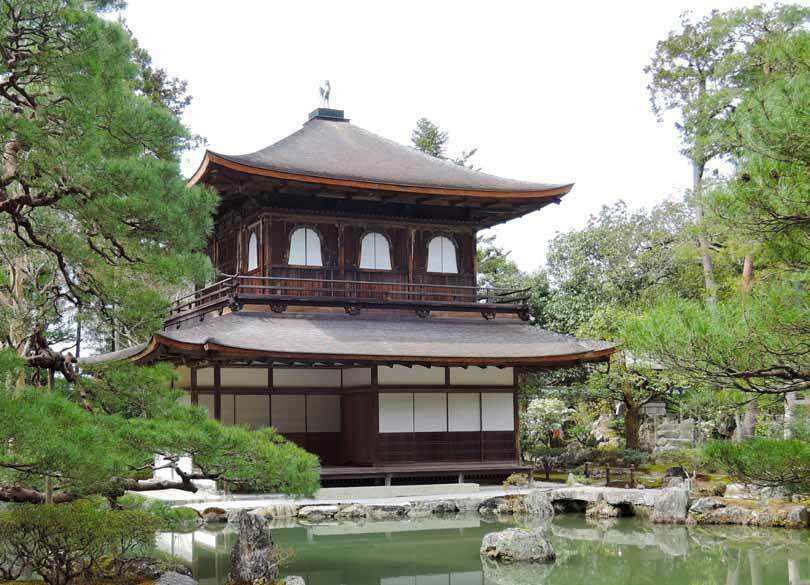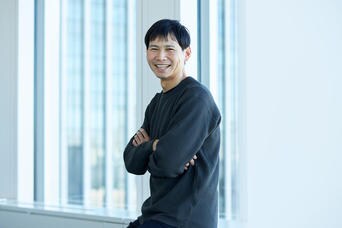訪日外国人は年間約2000万人。仕事やプライベートを通じて外国人と食事をしたり、日本の観光地を案内したりする機会も増えるはず。日本について質問を受けたら、どう答えればよいだろう?
▼答えてくれる人
●デイビッド・セイン
エートゥーゼット英語学校校長。アメリカ出身。これまで累計350万部の英語本の著作を刊行。日本で約30年の豊富な英語教授経験を持ち、数万人を教えてきた。
●シーラ・クリフ
十文字学園女子大学教授。ロンドン大学卒業。埼玉大学、立教大学非常勤講師を経て現職。英語や着物の着付けなどを教えながら、着物の歴史、変化、模様を研究中。
●江口裕之
通訳案内士。1989年から通訳案内士の育成に携わ。2001年CEL英語ソリューションズ設立、現在、最高教育責任者。NHKEテレ「トラッドジャパン」講師(2009~13年)。
外国人の疑問<日本の歴史・伝統文化編>
Q. Why isn’t Ginkaku-ji, or Silver Pavilion Temple, covered with silver leaf?
銀閣寺はどうして銀箔に覆われていないの?
A. The temple’s proper name is Jisho-ji, and Ginkaku is the nickname of its Buddhist hall. The nickname came about because there is a similar structure that is nicknamed Kinkaku, or the Golden Pavilion. It does have gold leaf.
銀閣寺は通称で、正式名称は慈照寺です。金閣寺と呼ばれる金箔の似たような建造物があるため、銀閣寺という通称が生まれたのです。(江口さん)
●言葉:silver leaf「銀箔」、proper name「正式名称」、nickname「愛称、俗称」、structure「建築物」、gold leaf「金箔」
●表現:be covered with ~「~で覆われている」、come about「生まれる」
Q. What do people pray to at Shinto shrines?
神社では何を拝んでいるの?
A. They pray to the object of worship called go-shin-tai, to which it is believed Shinto deities descend. The object is different according to the shrine, including a mirror, a sword, or such simple items as paper strips or branches.
ご神体です。神道の神はご神体に降りてくると考えられています。ご神体は神社によってさまざま。鏡や剣のほか、紙切れ(紙垂)や枝(榊)のような簡素なものもあります。(江口さん)
●言葉:pray「祈る」、Shinto shrine「神社」、descend「降りる」、sword「剣」、branch「枝」
●表現:object of worship「崇拝の対象」、according to ~「~によれば」
Q. Are there any samurai in Japan?
日本に侍はいるの?
A. There are no samurai in Japan. The class system was abolished by the Meiji government. But they live on in manga, films and other popular culture.
もう侍はいません。階級制度は明治政府に廃止されました。でも、侍はマンガや映画などのポップカルチャーの中に生きています。(クリフさん)
●言葉:class system「階級制度」、abolish「廃止する」
●表現:live on in ~「~に生きている」







